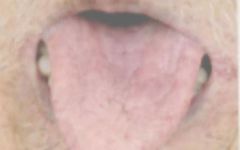Tongue diagnosis is a crucial aspect of TCM observation, serving as a simple and effective method to assist in diagnosis and differentiation by observing the color and shape changes of the tongue.
During tongue diagnosis, observations are made in the following order: tip of the tongue – middle of the tongue – root of the tongue – sides of the tongue. The tongue body is examined first, followed by the tongue coating, for about 30 seconds. If the initial observation is unclear, the patient should rest for 3-5 minutes before re-examination.
Below are some commonly encountered tongue coating images compiled by the editor, which we hope will be helpful to everyone.
1. Withered Tongue

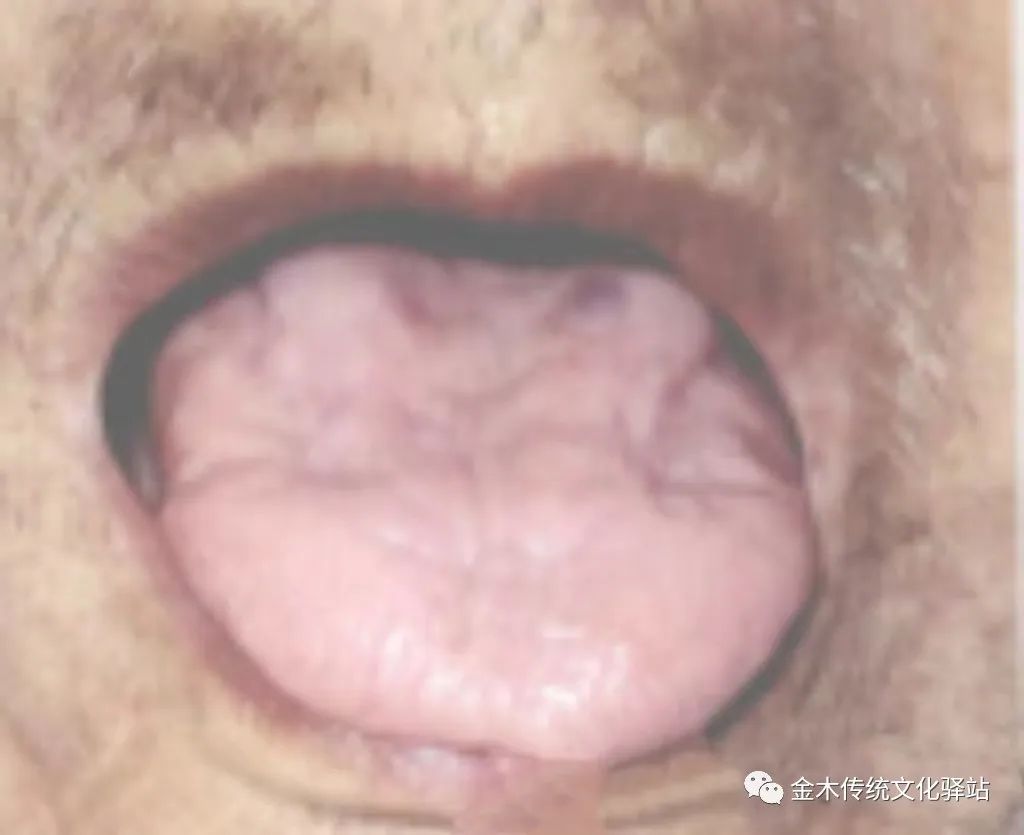
Characteristics: The tongue color is dark, and movement is not flexible.
Clinical Significance: The tongue lacks spirit, indicating a severe condition or poor prognosis.
2. Flourishing Tongue

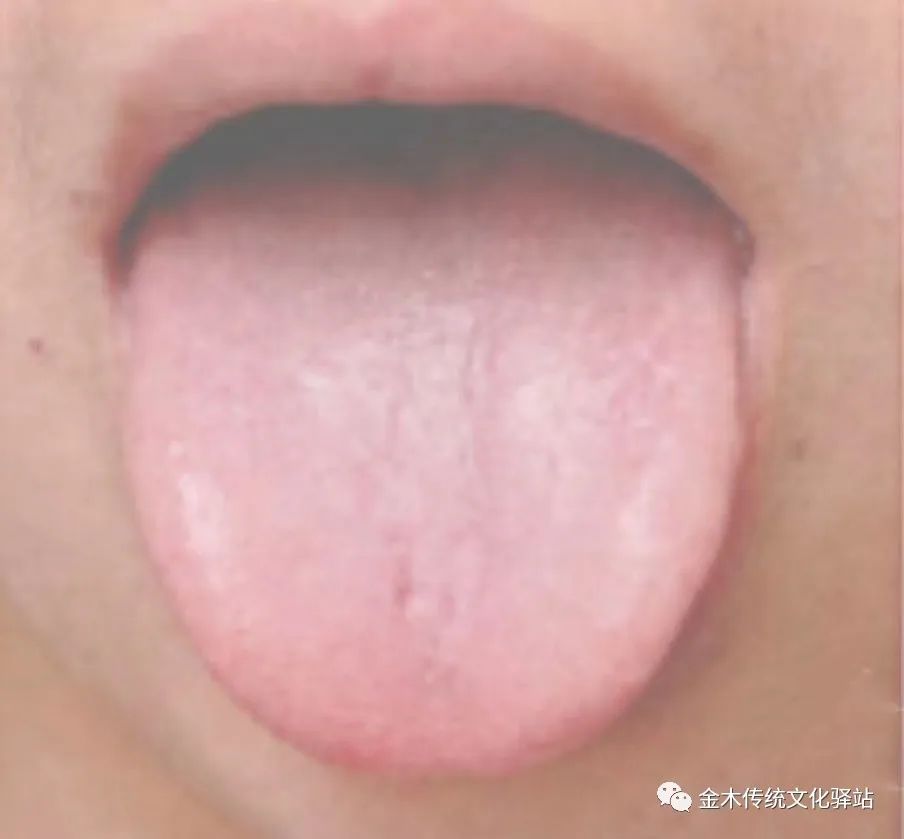
Characteristics: The tongue color is rosy, and movement is flexible.
Clinical Significance: The tongue has spirit, indicating a normal tongue appearance or a mild condition with a good prognosis.
3. Crimson Tongue
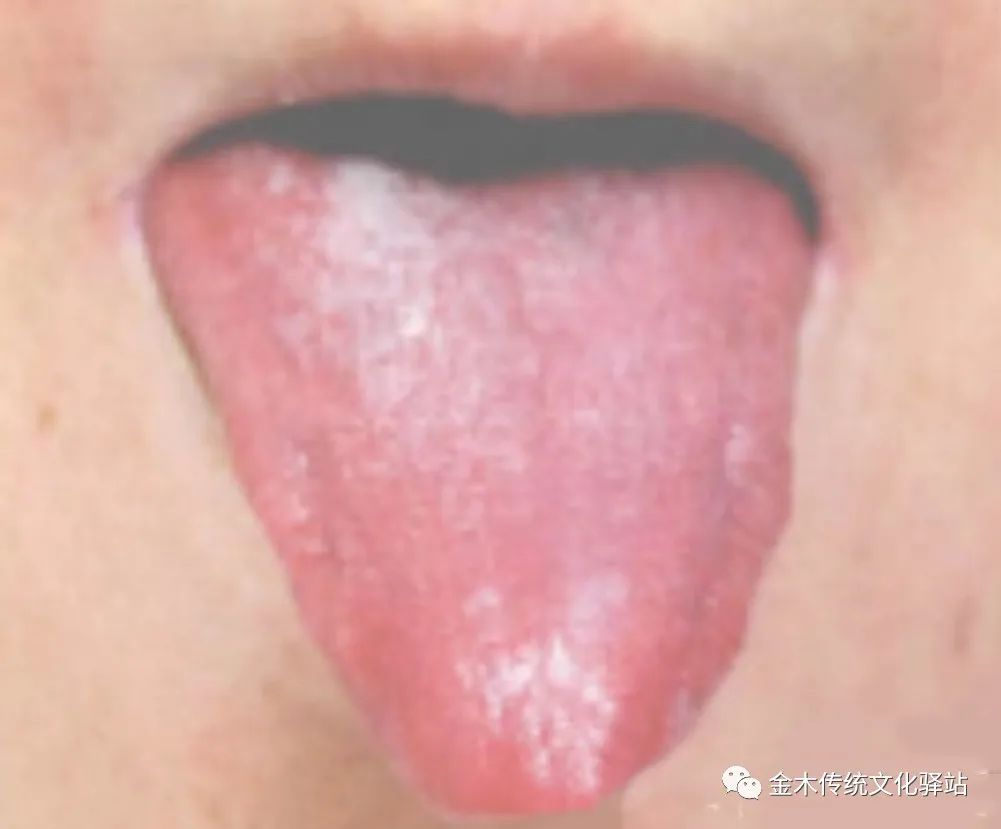
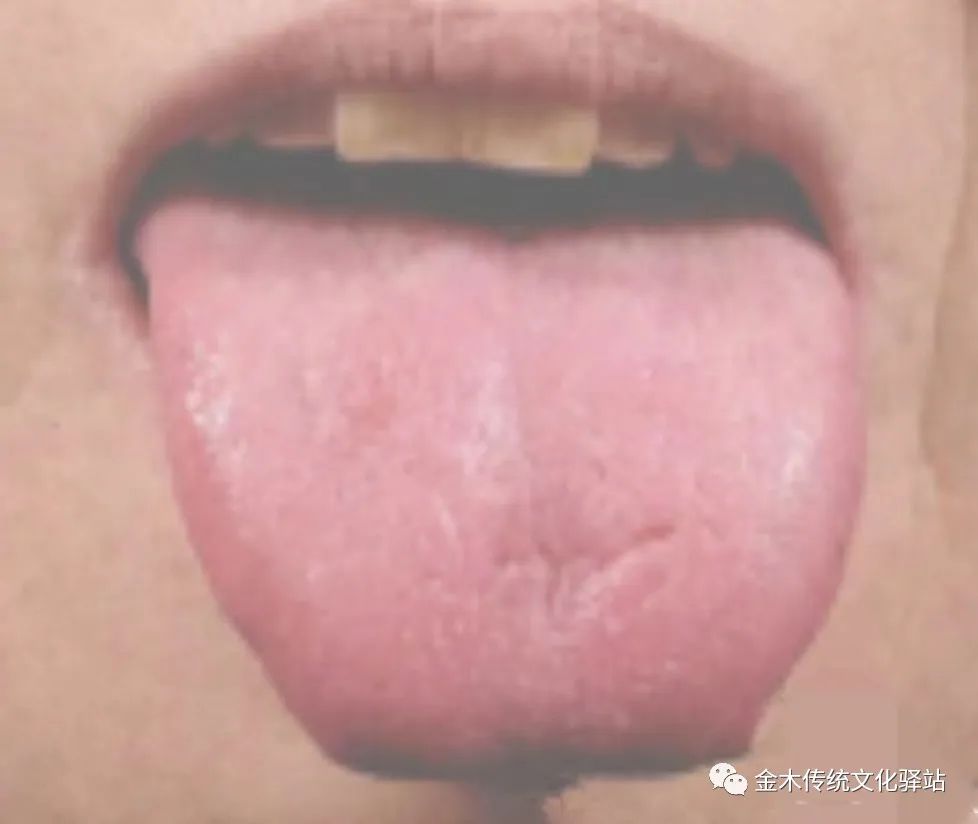
Characteristics: The tongue color is deeper red or slightly dark red.
Clinical Significance: Indicates heat entering the nutrient and blood levels, damaging the nutrient yin. The formation of a crimson tongue is mainly due to:1. Excessive pathogenic heat, causing qi and blood to surge, filling the blood vessels of the tongue.2. Heat entering the nutrient and blood levels, damaging the nutrient yin, leading to concentrated blood.3. Yin deficiency causing dryness, leading to upward fire.
4. Pale Red Tongue
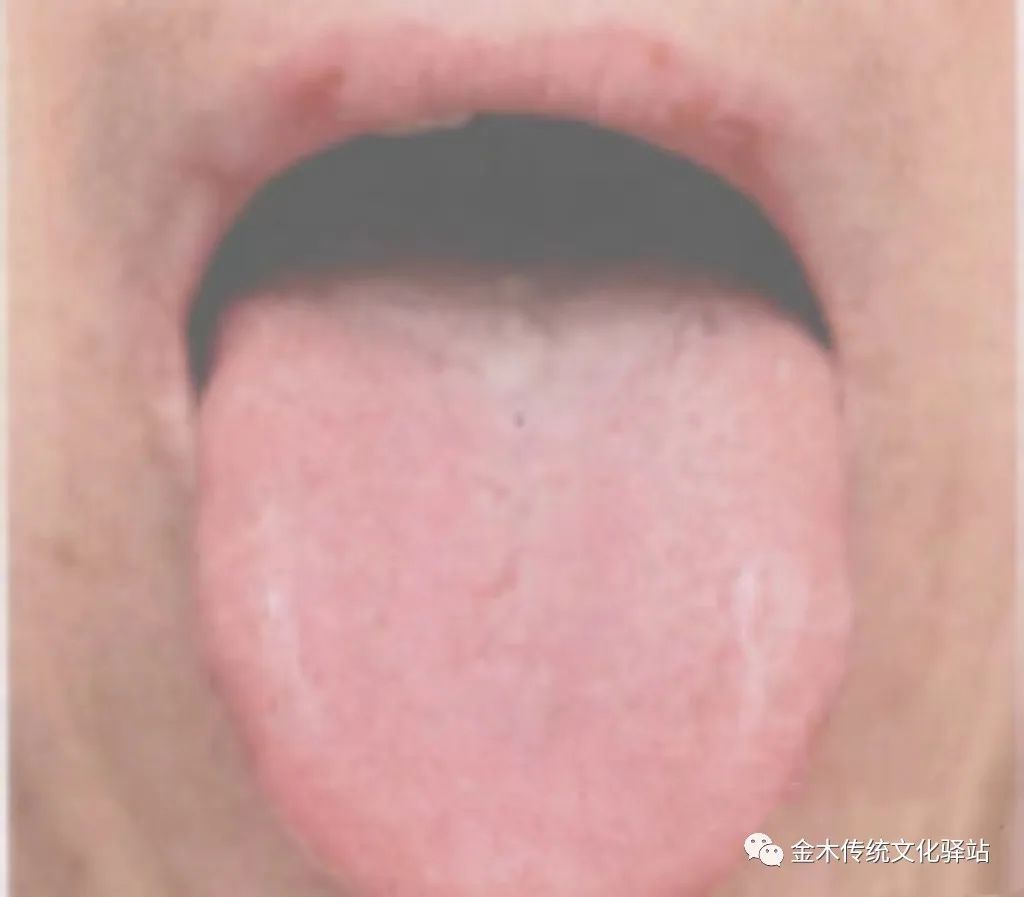
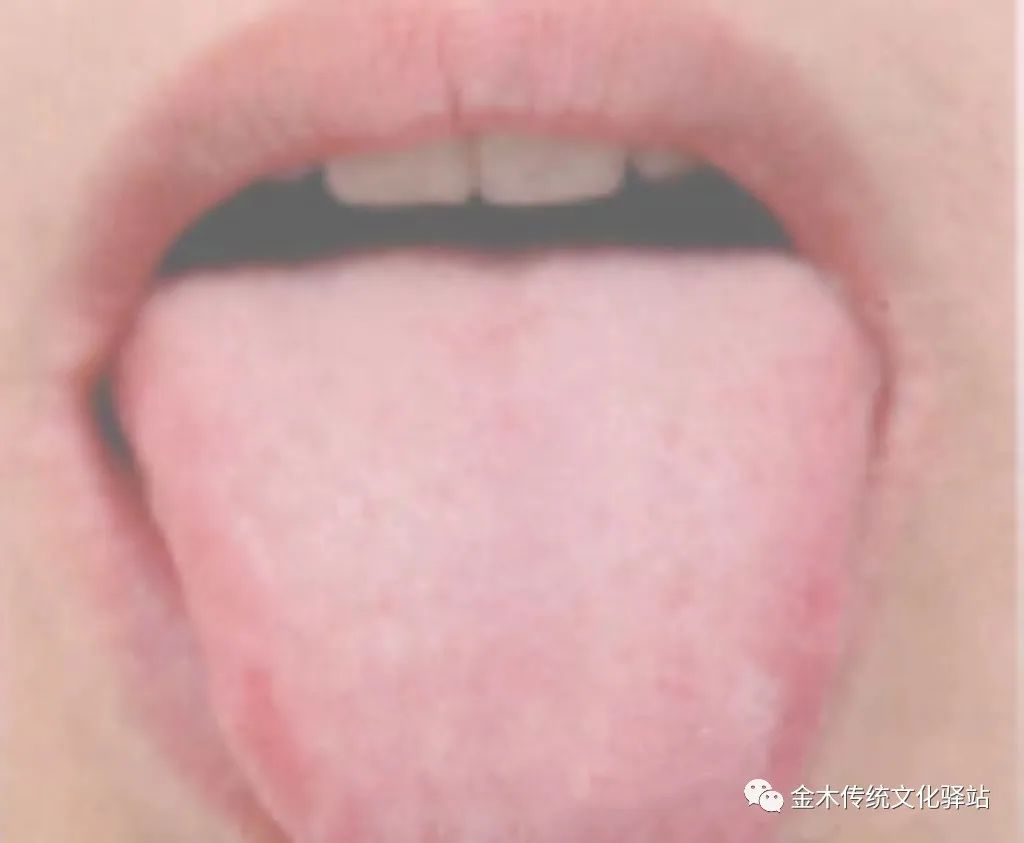
Characteristics: The tongue body is pale red and moist, with a white hue showing through.
Clinical Significance: A pale red tongue mainly reflects sufficient heart qi, vigorous stomach qi, and harmonious qi and blood, commonly seen in healthy individuals or in the early stages of external pathogenic diseases, indicating a mild condition.
5. Pale White Tongue
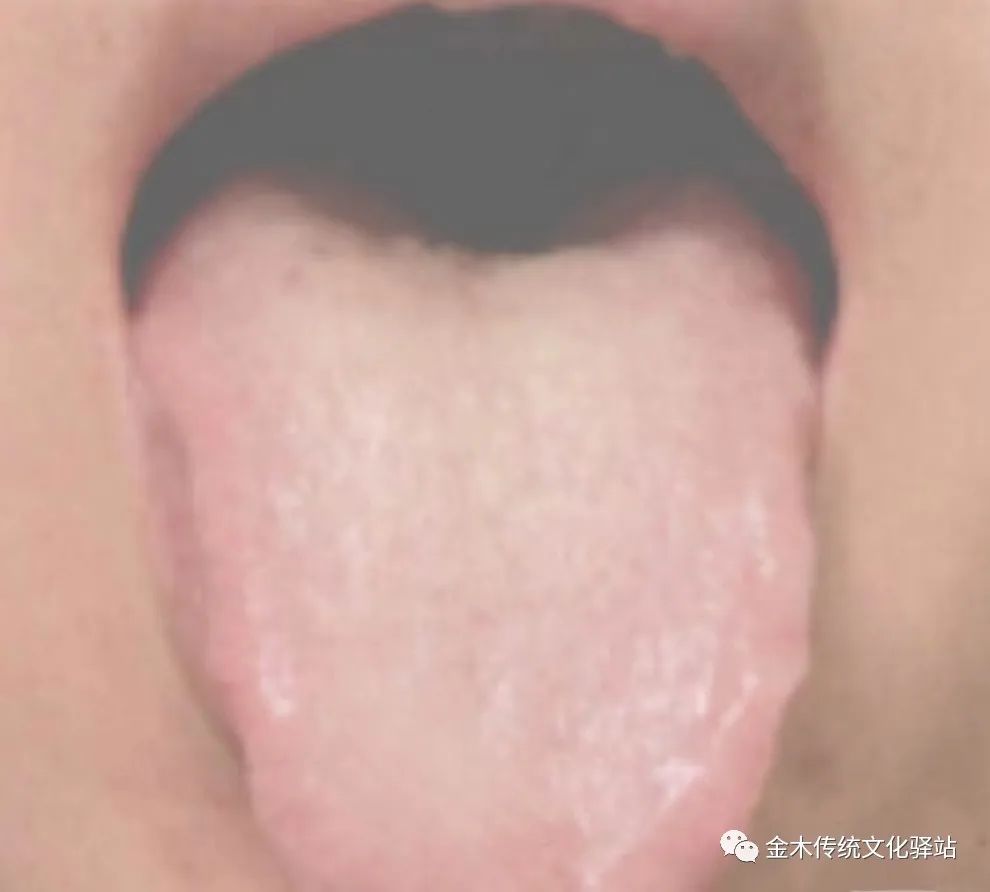
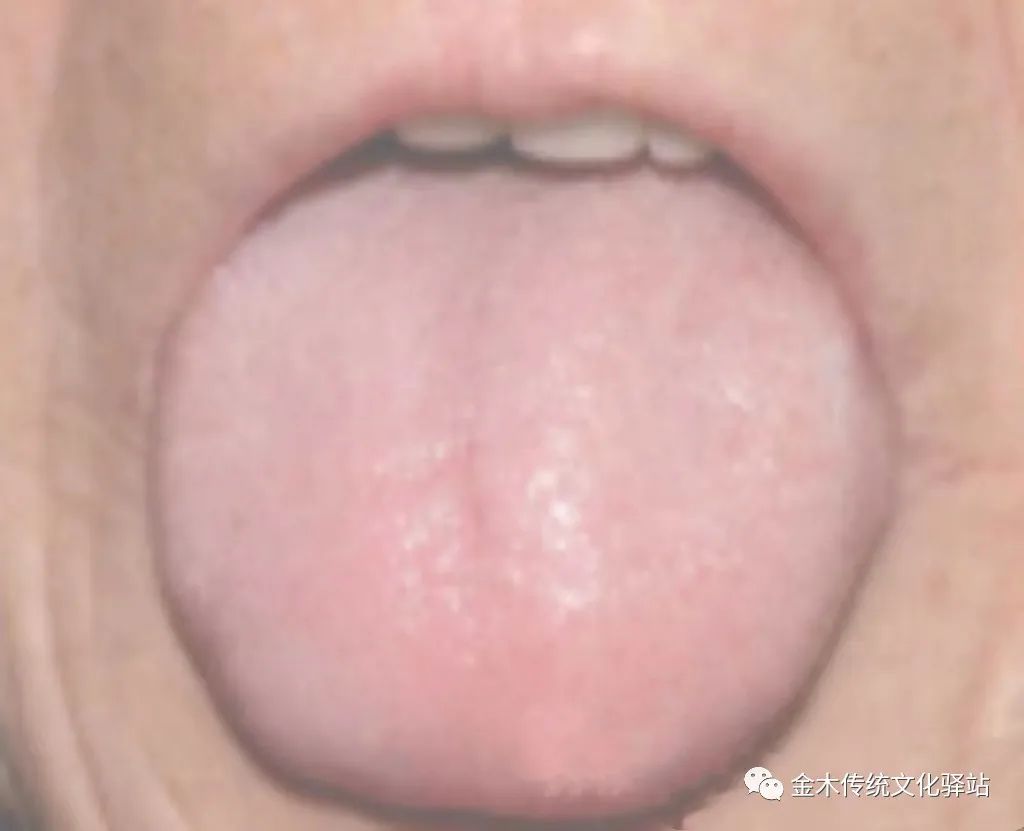
Characteristics: The tongue color is lighter than normal, with more white and less red.
Clinical Significance: Indicates deficiency of both qi and blood, and yang deficiency. The formation of a pale white tongue is mainly due to:1. Insufficient qi and blood, leading to inadequate filling of the tongue’s blood vessels.2. Insufficient yang qi unable to warm and transport blood to nourish the tongue.3. Yang deficiency causing internal cold, leading to retraction of the meridians, preventing qi and blood from nourishing the tongue.
6. Withered White Tongue
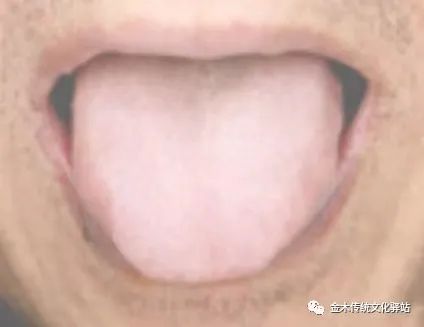
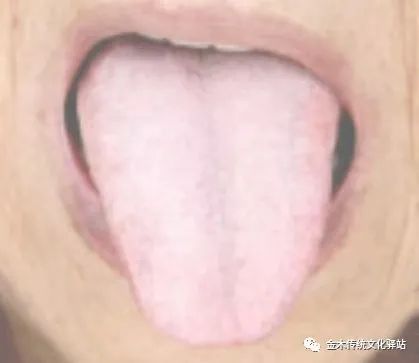
Characteristics: The tongue color is pale white, lacking blood color and gloss.
Clinical Significance: Indicates depletion of essence and blood, with extreme nutritional deficiency throughout the body.
7. Red Tongue
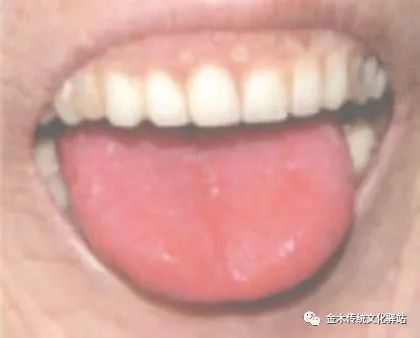
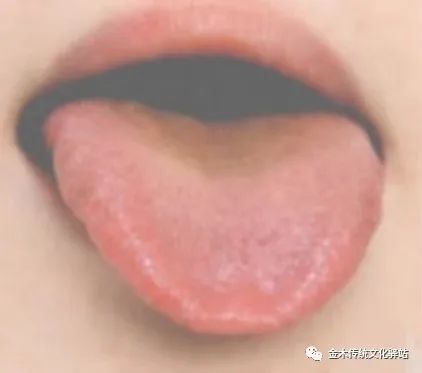
Characteristics: The tongue color is redder than normal, appearing bright red.
Clinical Significance: Indicates heat syndrome; generally, the redder the tongue, the more severe the heat.
8. Red Tip of the Tongue
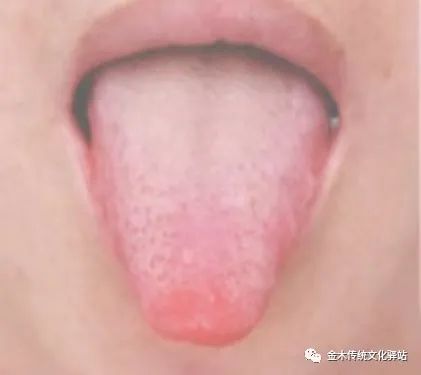
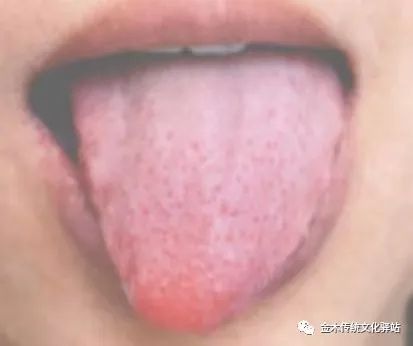
Characteristics: The tip of the tongue is red or has red spots, or even appears fragmented.
Clinical Significance: Often indicates excessive heart fire or heat in the heart and lungs.
9. Red Edges and Tip of the Tongue
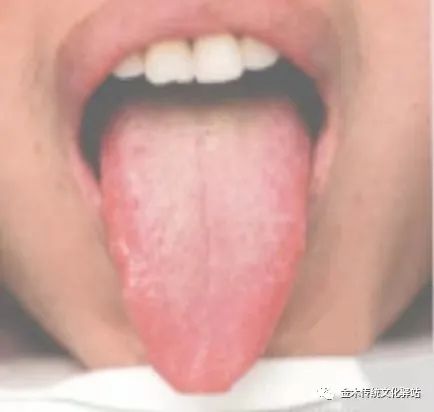
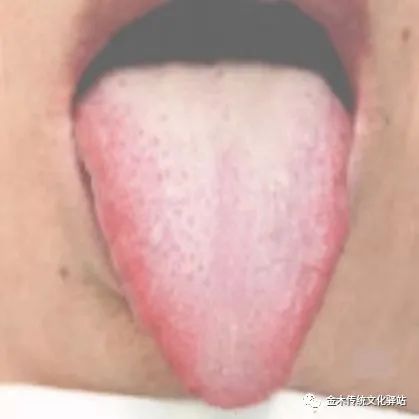
Characteristics: The tongue color is slightly red or the edges and tip are red.
Clinical Significance: Often indicates the initial stage of an external pathogenic condition, with heat in the heart and lungs.
10. Glossy Red Tongue
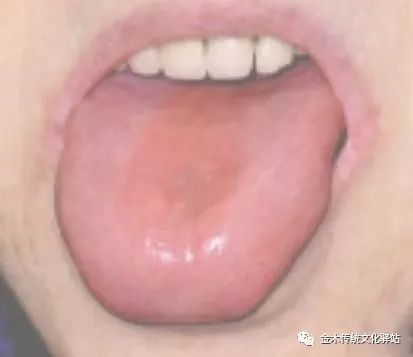
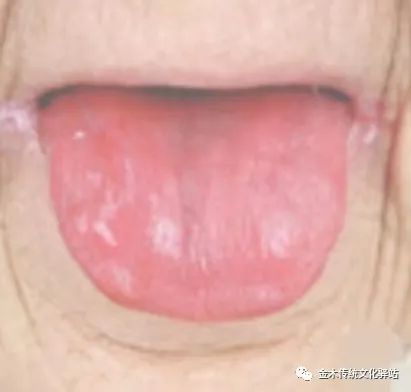
Characteristics: The tongue is bright red, with little or no coating.
Clinical Significance: Indicates damage to the stomach and kidney yin, prolonged heat damaging yin, yin deficiency leading to dryness, and upward fire, classified as a deficiency heat syndrome.
11. Pale Purple Tongue
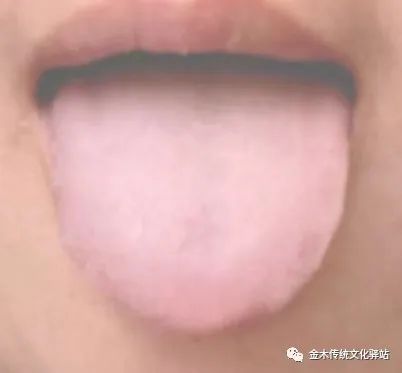
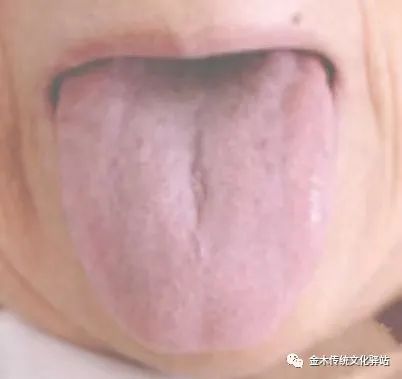
Characteristics: The tongue color is pale with a bluish-purple hue.
Clinical Significance: Indicates internal cold with qi and blood stagnation or qi and blood deficiency with accompanying blood stasis.
12. Stasis Spot Tongue
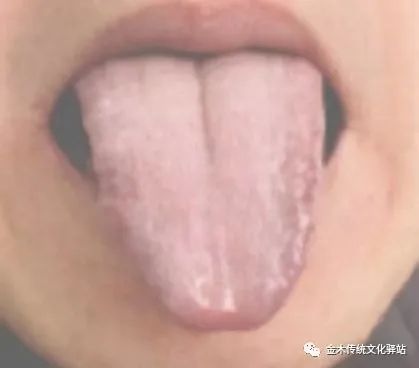
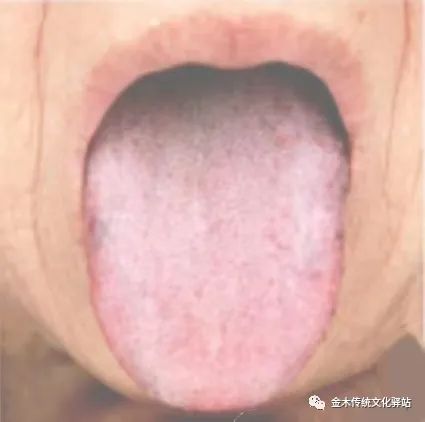
Characteristics: Localized bluish-purple spots appear on the tongue surface, varying in size.
Clinical Significance: Indicates stagnation of qi and blood in the organs or locally.
13. Stasis Dot Tongue
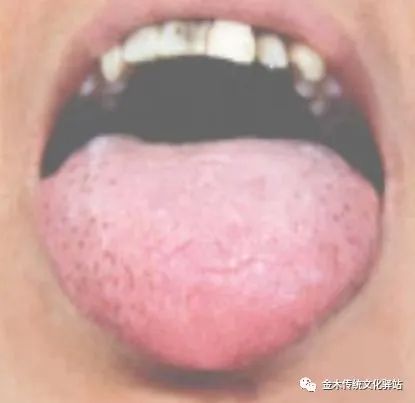
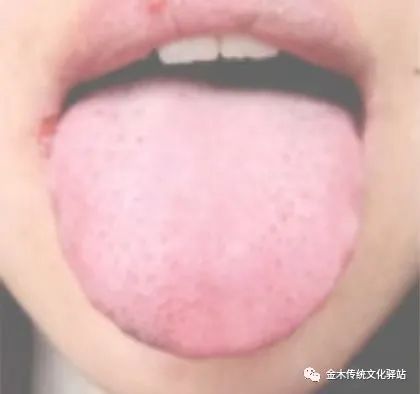
Characteristics: Bluish-purple or dark purple spots appear on the tongue surface, commonly seen on the tip and edges.
Clinical Significance: Indicates stagnation of qi and blood in the organs or locally.
14. Bluish-Purple Tongue
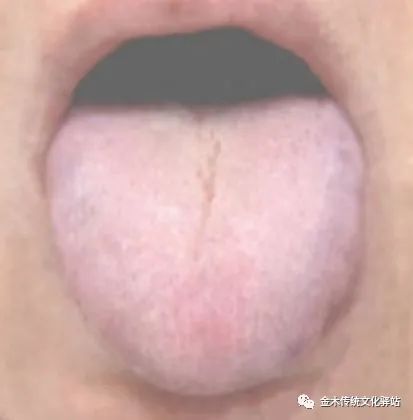
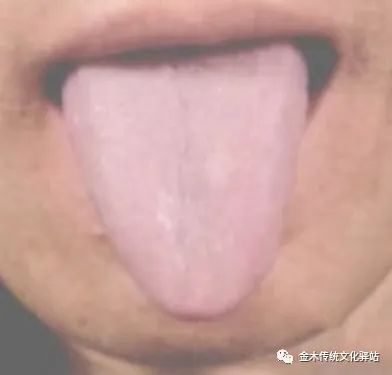
Characteristics: The entire tongue appears uniformly bluish or purple, or has a bluish-purple hue.
Clinical Significance: Indicates poor circulation of qi and blood, leading to blood stasis.
Formation of a bluish-purple tongue generally occurs under several conditions:1. Internal cold with excessive yin, preventing the yang from circulating, leading to qi and blood stagnation.2. Excessive heat toxin deeply entering the nutrient and blood levels, scorching the nutrient yin, leading to qi and blood stagnation.3. Failure of the lungs to disperse or the liver to regulate, causing qi stagnation; or qi deficiency failing to promote blood flow, leading to blood stasis.4. Traumatic injury causing damage to blood vessels, leading to bleeding and spots.5. May also be seen in certain congenital heart diseases and food poisoning.

Disseminating TCM health knowledge, promoting Chinese traditional culture, sharing health concepts, and conveying care, passing health knowledge and traditional culture to more friends…
People are great because of their dreams; we are different because of our love.
Liu Qing Ning: 186 9643 6785 or (WeChat ID)
Yang Shun Song: 138 7171 7447 or (WeChat ID)


